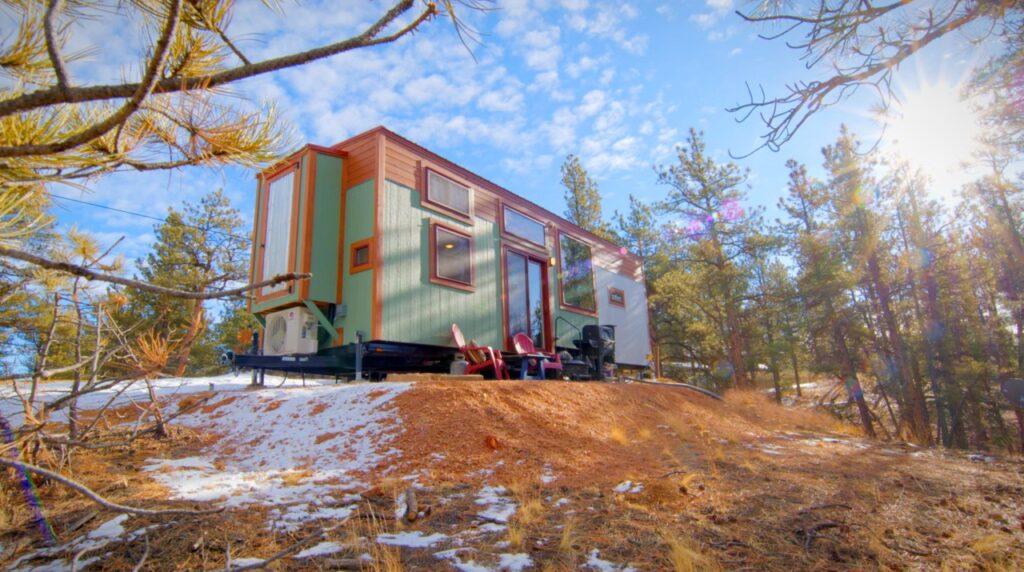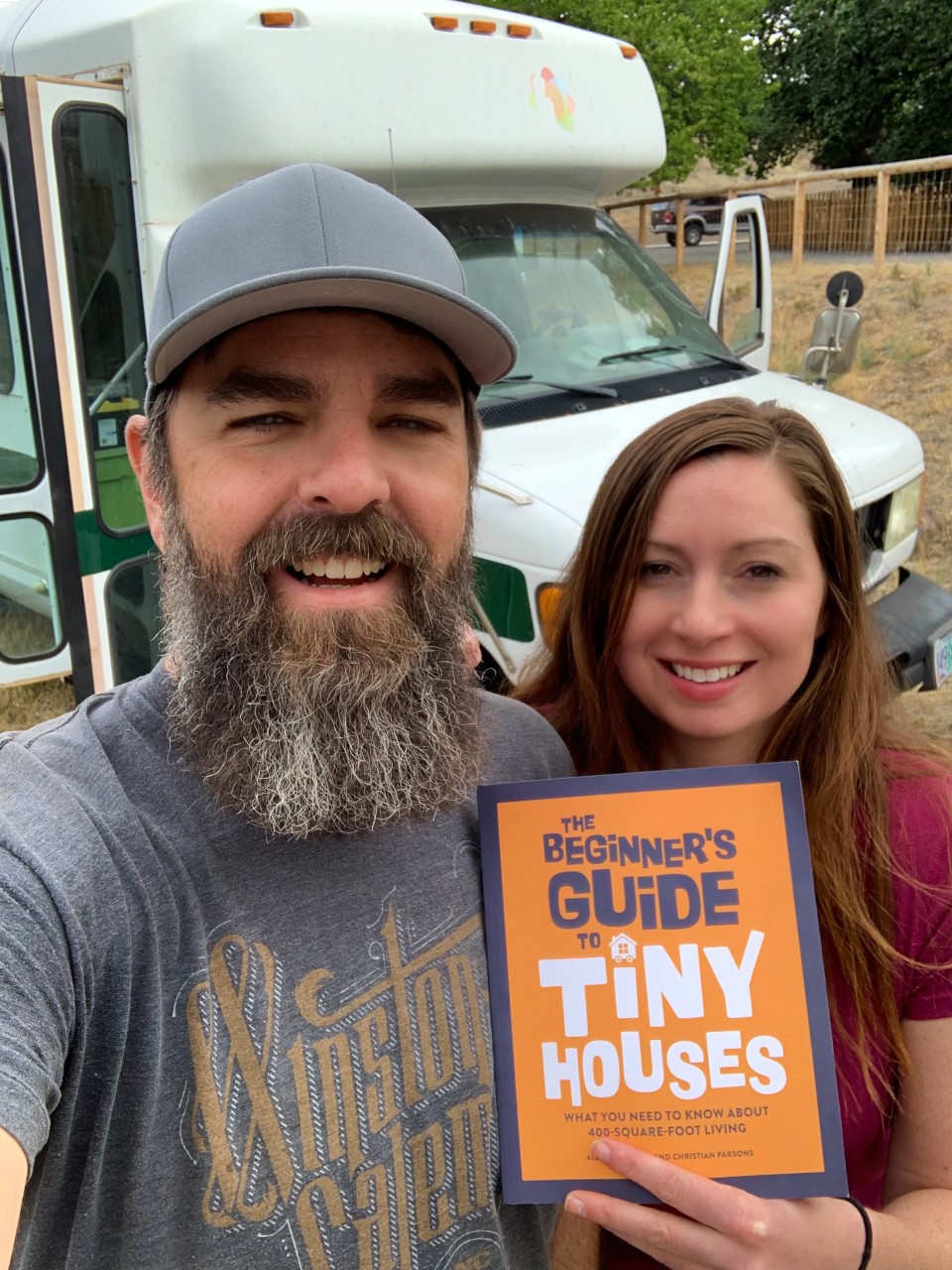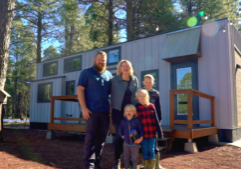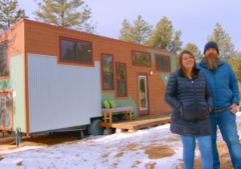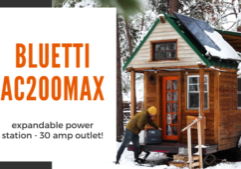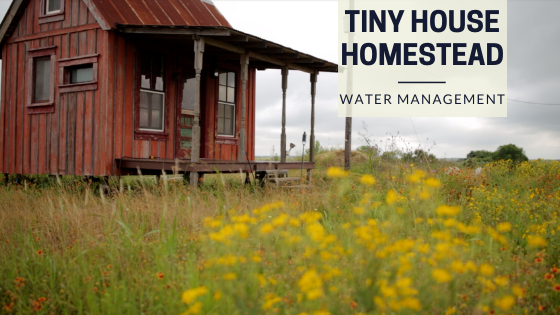
Living in a Tiny Home with a Private Well: 7 Tips
Tiny House Homestead Water Considerations
Tiny homes have become more popular than ever, and many people are easing into the minimalist lifestyle they offer. Owners enjoy a greater sense of lifestyle and financial freedom. With only a few appliances needed and a smaller scale, they’re much easier to maintain. Tiny houses also consume less energy, making them incredibly environmentally friendly.
With all the upsides, living in tiny homes may seem like a promising prospect; but the truth is, it can also be complicated.
In tiny homes, water options depend on whether or not you want to be mobile and where you plan to live. You get water from RV fill-up, municipal water supply, or a privately dug well.
If your tiny home is fixed in a permanent foundation (or parked on your own land) and potentially off-grid, you’ll need to turn private wells. Of course, there are also supplementary water sources, like rain catchment systems.
Consider these key water treatment, water storage, and water conservation tips for living in a tiny home with a private well.
7 Tips for Living in a Tiny Home with a Private Well.
1) Dispose of Waste Far Away from the Well
Living simply doesn't mean you have to see a drop in your standard of living. On the contrary, you can live in a tiny home with a private well and enjoy clean, plentiful drinking water. One way to ensure that your water stays clean is by controlling how you dispose of your waste. For example, don't keep trash piled up near your private well.
Human waste easily contaminates groundwater, where well water comes from. Surface water from messy spots can enter the well by flowing over it directly or down the sides of the well, penetrating the walls and contaminating the water. So carefully plan any septic system installation, and the same goes for a human manure processing system.
2) Install a Water Tank for Backup
Water is one of the most used resources in the home. The average person uses about 50-100 gallons of water daily (hopefully, you'll use less through conversation practices). Depending on several factors, like drought, a private well might not provide enough water supply on-demand. So consider getting a water tank as a backup water supply for your tiny house.
Tanks hold and store several gallons of water for later use. A water tank is excellent for stationary tiny houses and moving tiny homes alike. When purchasing one, ensure you get the exact size that meets your usage needs. Most importantly, get a cistern or tank that falls under your budget.
Additionally, you'll need to make arrangements for a space in your little house or around your property to keep the water tank. Consider putting it inside a simple shed to protect it from the elements and wildlife.
3) Install a Water Tank Pump for Your Well
Don't buy a water tank without getting a water tank pump. You'll need a water tank pump to create enough pressure that keeps water moving in your house pipes and plumbings. These pumps need electricity, so you have to connect them to a power supply.
You can set the pump to only run when you turn on the faucets to conserve electricity.
4) Treat your Water Before Using it
Untreated well water is not the safest water to drink, cook with or even bathe. This contains many contaminants, including water-hardening minerals, bacteria, and dangerous metals like lead or arsenic. If you want a high-quality water supply for your tiny home, you have to get your water treated using a water filter.
Some water filters are designed to remove chemicals. Others target sediments. Then there are water filters reducing iron and mercury. A UV water disinfection system is excellent for inactivating microorganisms such as viruses and bacteria.
You might be wondering how possible it may be to use a water filter in a tiny home with little or no space for more appliances. Good news: You can treat your well water on a small scale using small-sized filters. For one, there are simple countertop water filters. They are used to treat small quantities of water for drinking and cooking.
Another solution is to treat specific contaminants in your well water directly, like iron, which is commonly found in supplies. Find out how to remove iron from your well water at https://watermasterz.com/how-to-remove-iron-from-well-water/.
5) Use Water Softeners
When living in a tiny home with a private well, your water will be exposed to hardness-causing minerals like calcium and magnesium. Softening your water, in this case, is a must.
Water softeners prevent scales and mineral deposits from forming in your appliances, keeping them in shape and extending their life span. In addition, they prevent the formation of soap scum, causing your soap to lather better and rinse off quickly.
Softening your water will keep you from wasting resources in your small home.
6) Avoid Water Wastage
A small home naturally tends to use less energy and all-around waste. But wasting water can still happen; in a tiny house, this erases the concept of energy conservation. You should use stored water for essential activities like drinking, cleaning, cooking, and bathing. Rainwater can take care of other functions like watering plants and herbs.
7) Cut Down on Appliances that Use the Most Water
Certain appliances are not suitable for a tiny house. Not only do they take up space, but they also use up too much water or resources.
For example, toilets are significant water users, taking as much as 8 gallons of water as you flush. Because they are fundamental, you still need one. Instead, you can use a composting toilet for your tiny house, which only uses a little water for maintenance. But if that's not a suitable option for you, consider this go-to conversation advice, "If it's yellow, let it mellow; if it's brown, flush it down." Reducing the number of flushes on regular basis can save over a thousand gallons of water a year!
Another appliance to consider is a washing machine. It can use several gallons of water per load. However, hand washing can use more than you might think and be time-consuming. Look into high-efficiency washers that drastically reduce the volume of water, detergent, and energy needed to clean your clothes.
Living in a Tiny Home with a Private Well Conclusion
One key to enjoying your tiny house is maintaining a stable, high-quality water supply. Of course, when you have this, you'll enjoy good health and a better standard of living like any home dweller.

